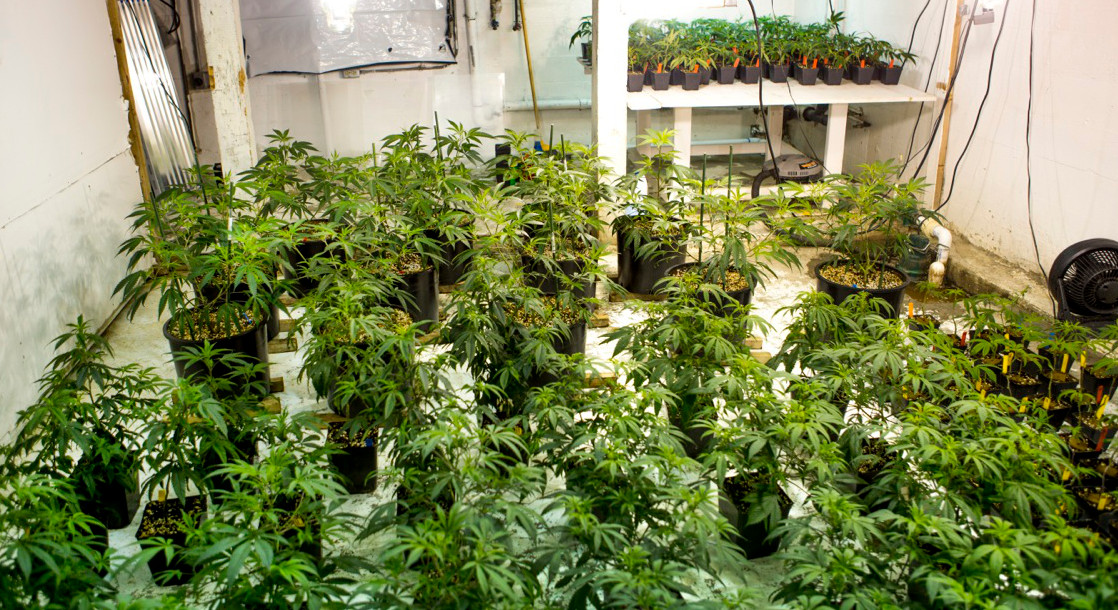A new survey conducted by a major news publisher adds to the growing body of evidence linking legal cannabis-use to reduced rates of alcohol and prescription drug use. This study, conducted by LOCALiQ — the digital marketing division of Gannett, the publisher behind USA Today and a variety of other publications — also provides a number of additional insights into the modern cannabis consumer.
Researchers surveyed 8,805 cannabis consumers between the ages of 21 and 64 who live in one of the 21 cannabis-legal states around the US. LOCALiQ found that 52 percent of respondents said they were able to reduce their use of prescription drugs and 49 percent reduced their use of over-the-counter painkillers, Leafly reports. 37 percent said they reduced their alcohol intake since they began smoking weed, and 60 percent of respondents said they place priority on living a healthy lifestyle.
Related: The World’s Shittiest Blunts
The results of this survey confirm dozens of previous studies connecting legal weed to decreased usage of alcohol, opioids, and other drugs. Studies from the US and Canada report that patients are often able to successfully ditch pharmaceutical drugs after beginning medical marijuana treatment. Other researchers found that opioid use continues to fall in states with legal weed. Other studies report a decline in alcohol sales — surveys even show a general lack of interest in alcohol in states where weed is legal.
The new survey also examined several other cannabis shopping trends by separating the base of current weed buyers into three groups: affluent families, Baby Boomers, and frequent pot shoppers.
The survey found that affluent families who make over $75,000 a year are “active cannabis buyers” and tend to spend around $50 on an average trip to the dispensary. Most of these wealthy parents are seeking out weed for its medical properties, with 48 percent saying they bought weed for stress management, and another 37 percent looking for treatment of chronic pain.
Among these affluent shoppers, the majority of men shopped at an average of four or more dispensaries over the past three months, while women were more likely to stick with a single dispensary. But, “despite high spending levels overall, affluent families are not loyal and are most easily swayed by a good selection of products/strains,” according to Leafly.
Affluent families certainly buy a lot of weed — but not as much as Baby Boomers. Over a third of all Boomers spend over $75 per visit, with the rest averaging around $50. The report also found that “Baby Boomers who are not purchasing marijuana are 60 percent more likely than millennials to consider it.” Like the wealthy families, many Boomers are looking to weed to treat their medical issues, including chronic pain, insomnia, and anxiety.
Related: Colorful Joints to Jump-Start Your Day
LOCALiQ also looked at buyers who shop for weed most frequently. These shoppers also drop around $50 per visit, but 70 percent of them said they hit the weed store three to four times a month. The majority (58 percent) of these shoppers are between 21- and 34-years-old, with 35- to 54-year-olds accounting for another 35 percent. Over half of frequent shoppers said they also purchase weed to relax and de-stress.
These findings also support another recent study showing that a majority of recreational cannabis store shoppers buy weed to help them deal with stress and other medical issues.











